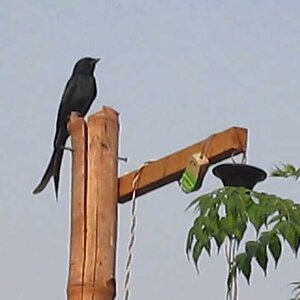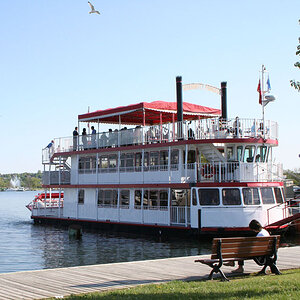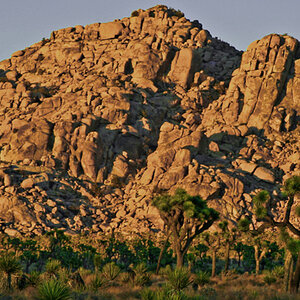MrLogic
TPF Noob!
- Joined
- Mar 27, 2008
- Messages
- 423
- Reaction score
- 0
- Location
- Rotterdam, Netherlands
- Can others edit my Photos
- Photos OK to edit
... is now up. A must read for those of you who lust after this lens. IMO, of course. 
Nikkor 200-400mm f/4G Lens Review by Thom Hogan
Nikkor 200-400mm f/4G Lens Review by Thom Hogan
Last edited:


![[No title]](/data/xfmg/thumbnail/30/30992-773558233723ab0d28c307a97a1a2427.jpg?1619734556)
![[No title]](/data/xfmg/thumbnail/39/39444-02925f6d2859f4fda0e89f2001bfc9cd.jpg?1619739034)

![[No title]](/data/xfmg/thumbnail/39/39443-45e1b162b6c7c1d8ebbc8faf5623b705.jpg?1619739034)
![[No title]](/data/xfmg/thumbnail/30/30993-7c6dca4375064e92f2ea6cbfabf9b59e.jpg?1619734556)



![[No title]](/data/xfmg/thumbnail/30/30995-7e48e5498fe9a56ea3d405cf87f3a1ec.jpg?1619734558)
![[No title]](/data/xfmg/thumbnail/30/30991-43abf4dfee0a54010692c71c43f40981.jpg?1619734555)
